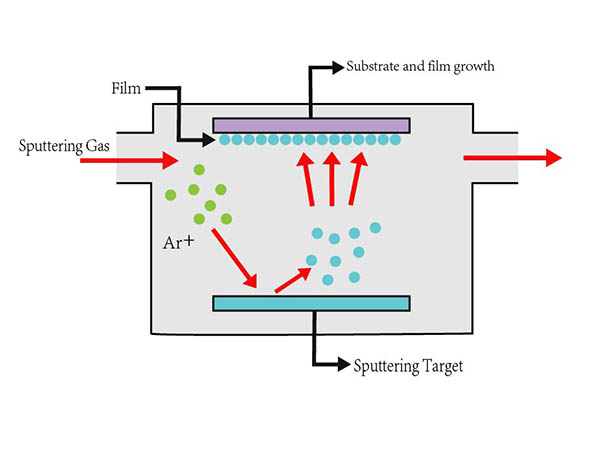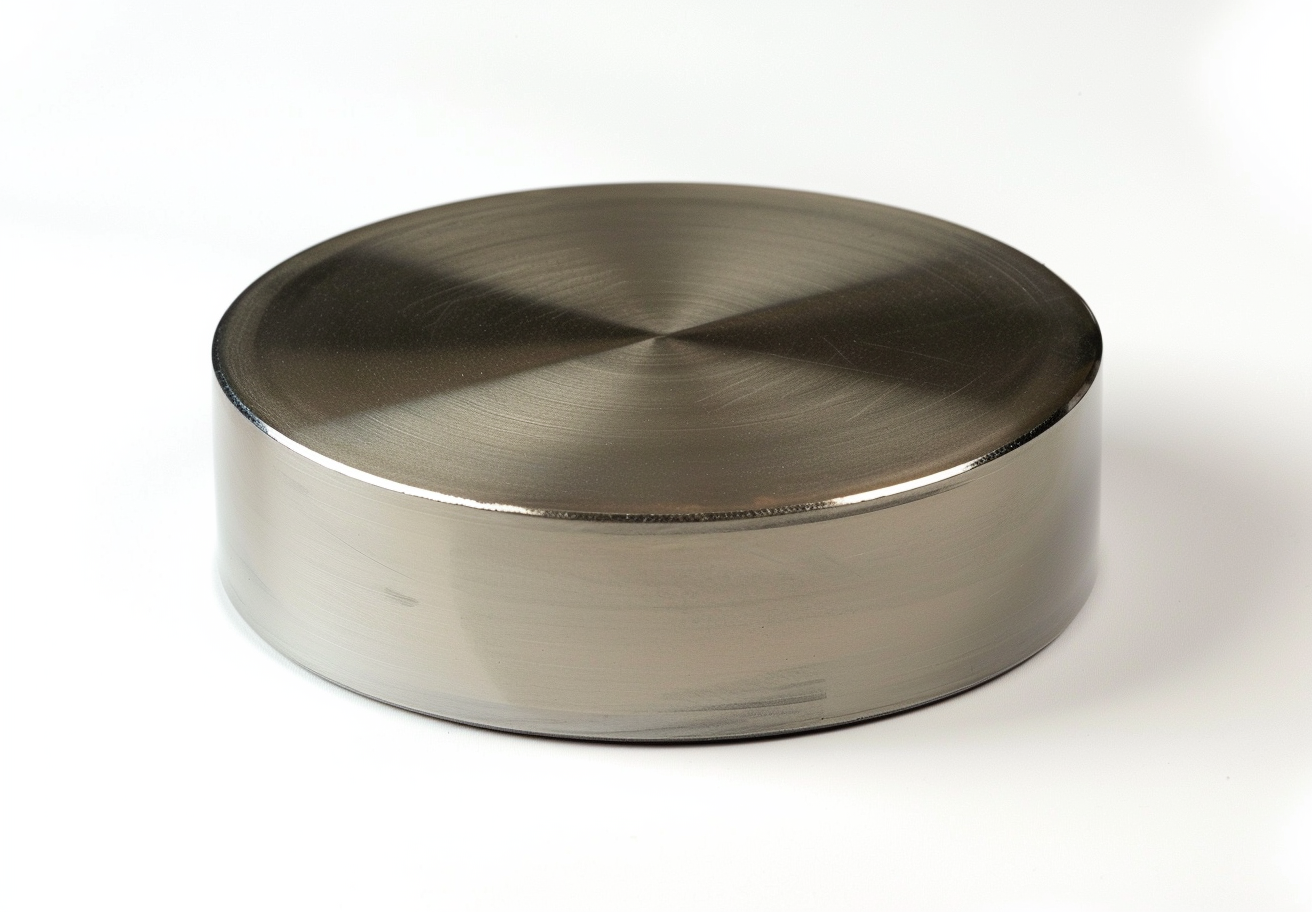What Is Sputtering?
Last updated on {{lastDate}}
Sputtering is a process in which a gas plasma dislodges atoms from the surface of a solid Zielmaterials. The atoms subsequently deposit and form a very thin film on the surfaces of substrates. This technique is used to deposit thin films on semiconductors, CDs, hard drives and optical devices. Sputtered films demonstrate uniformity, density, purity and adhesion. Conventional sputtering produces alloys with a precise composition, whereas reactive sputtering is used to create oxides, nitrides and other compounds.
Process of sputtering:
- Ions from an inert gas are accelerated towards the target.
- Energy transfer from the ions erodes the target, thereby releasing neutral particles.
- Neutral particles from the target migrate and deposit as a thin film on the substrate surface.

About the author
 Chin Trento
Chin Trento
Chin Trento holds a bachelor's degree in applied chemistry from the University of Illinois. His educational background gives him a broad base from which to approach many topics. He has been working with writing advanced materials for over four years at Stanford Advanced Materials (SAM). His main purpose in writing these articles is to provide a free, yet quality resource for readers. He welcomes feedback on typos, errors, or differences in opinion that readers come across.
REVIEWS
{{viewsNumber}}
Thoughts on "{{blogTitle}}"
blog.levelAReply (Cancle reply)
Your email address will not be published. Required fields are marked*
{{item.children[0].name}}
{{item.children[0].created_at}}
{{item.children[0].content}}
blog.MoreReplies
LEAVE A REPLY
Your email address will not be published. Required fields are marked*

 Bars
Bars
 Beads & Spheres
Beads & Spheres
 Bolts & Nuts
Bolts & Nuts
 Crucibles
Crucibles
 Discs
Discs
 Fibers & Fabrics
Fibers & Fabrics
 Films
Films
 Flake
Flake
 Foams
Foams
 Foil
Foil
 Granules
Granules
 Honeycombs
Honeycombs
 Ink
Ink
 Laminate
Laminate
 Lumps
Lumps
 Meshes
Meshes
 Metallised Film
Metallised Film
 Plate
Plate
 Powders
Powders
 Rod
Rod
 Sheets
Sheets
 Single Crystals
Single Crystals
 Sputtering Target
Sputtering Target
 Tubes
Tubes
 Washer
Washer
 Wires
Wires
 Converters & Calculators
Converters & Calculators
 Write for Us
Write for Us

 Chin Trento
Chin Trento



